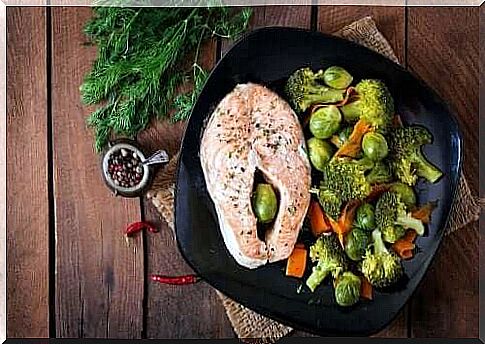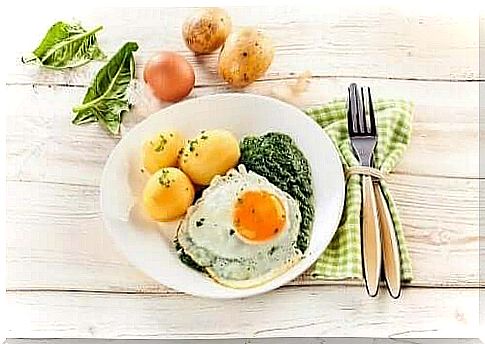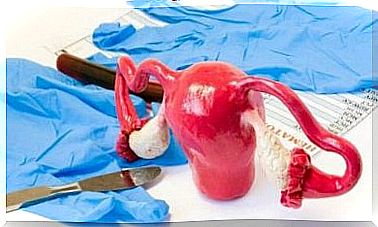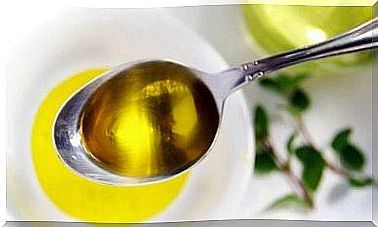The Paleo Diet: A Beginner’s Guide

Have you ever heard of the paleo diet? If your answer is yes, then you’re bound to learn more about the potential benefits attributed to it.
However, if you’ve never heard of it, learn something new today! Today we give you a quick guide if you are interested in learning more about this diet.
The paleo diet is a very interesting diet. It mainly focuses on the use of organic food that is not industrially processed. The goal is to try to imitate the diet of our primitive ancestors, who are thought to eat only what they gathered and killed themselves.
Why Follow the Paleo Diet?
A paleo diet is a diet based on foods similar to those eaten in the Paleolithic Age, about 2.5 million to 10,000 years ago. The assumption is that our ancestors back then were genetically identical to today’s humans.
They survived by eating the food we assume existed then and did not have the problems such as obesity, diabetes and heart disease that are so prevalent in today’s society.
Certain studies suggest that this diet can lead to significant weight loss, without the need to count those pesky calories. There are also other health benefits such as:
- It can help you get your optimal figure back.
- The paleo diet is a diet that promotes the consumption of 100% organic foods. As you can guess, there is no room here for food going through an industrial process.
However, recommendations vary when it comes to commercial paleo diets, and certain diet plans have stricter guidelines than others. In general, however, all paleo diets follow similar guidelines.
Allowed food

- Red meats, such as lamb, pork, and veal.
- Poultry, such as chicken and turkey.
- Fish, such as salmon, trout and sardines.
- Eggs that come organically or, for example, from a local farm.
- Fresh vegetables, such as lettuce, tomatoes and peppers.
- Fruits, such as apples, bananas and pears.
- Nuts, such as almonds, walnuts and hazelnuts.
- Kernels, such as sunflower seeds and pumpkin seeds.
- Oils, but only coconut and olive oil.
- Tubers, such as potatoes, sweet potatoes and radishes.
- Spices, such as garlic, rosemary and parsley.
Food to Avoid
- Grains such as wheat, oats and barley.
- Legumes such as beans, lentils and peas.
- All dairy products.
- All refined sugars.
- Salty.
- Vegetable oils, such as corn oil and sunflower oil.
- Trans fat, which is present in margarine and other ultra-processed foods.
Controversial Products in the Paleo Diet
As you may have guessed, our ancestors certainly did not consume food as we know it. However, it does not hurt to occasionally eat something that was not in their diet.
- Tea is very healthy and contains many antioxidants such as catechins and many other medicinal substances.
- Coffee is also high in antioxidants and many studies show the many benefits of moderate intake of this drink.
- Dark chocolate, with at least 70% cocoa, is highly nutritious and considered a superfood.
- Wine contains tannins, another type of antioxidant.
A weekly menu for the paleo diet

Monday
- Breakfast: a few orange slices, nuts and salmon with fine herbs.
- Lunch: a chicken salad with a little olive oil.
- Dinner: Scallops, grilled vegetables and a small slice of melon.
Tuesday
- Breakfast: eggs with bacon and then a piece of fruit.
- Lunch: hamburger with steamed potatoes.
- Dinner: salmon or tuna with vegetables.
Wednesday
- Breakfast: scrambled eggs with prosciutto ham and a glass of orange juice.
- Lunch: vegetables of your choice with a pork loin.
- Dinner: rice, shrimp and nuts.
Thursday
- Breakfast: eggs and a piece of fruit.
- Lunch: hake or a similar fish with a handful of almonds.
- Dinner: turkey breast with vegetables.
Friday
- Breakfast: fried eggs, salad and a cup of green tea.
- Lunch: swordfish with baked potatoes.
- Dinner: steamed salmon or tuna with avocado.
Saturday
- Breakfast: eggs and a piece of fruit.
- Lunch: beef steak with cucumber and tomato slices.
- Dinner: chicken with lemon and a banana.
Sunday
- Breakfast: steak and fresh juice.
- Lunch: tuna, a handful of almonds and a peach.
- Dinner: a salad with baked potatoes and pineapple.
Conclusions about the paleo diet
Several randomized clinical trials compared the paleo diet with other diets, such as the Mediterranean diet or the diabetes diet. Overall , these studies suggest that the paleo diet may offer some benefits over other diets based on fruits, vegetables, lean meats, whole grains, legumes, and low-fat dairy products.
Some of these benefits are:
- it maximizes weight loss.
- In addition, you develop a higher glucose tolerance.
- it helps to control blood pressure.
- in addition, there is a reduction in the amount of triglycerides in the blood.
- finally, you can better control your appetite.
However, studies involving longer trials and larger groups of people randomly selected to follow different diets are yet to be done before we can understand the overall health benefits and potential long-term risks. Much more research is needed for that.









